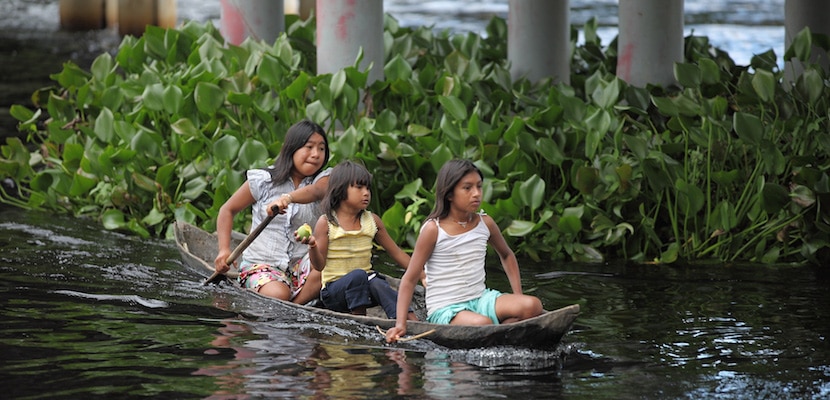
Currently in Venezuela we can find more than 26 different indigenous tribes: Akawayo, Añu, Arawak del Norte, Bari, Eñepa, Guajibo, Jodi, Kariña, Mapoyo, Pemon, Piaroa, Puinave, Pume, Saliva, Sape, Uruak, Warao, Wayuu, Yanomami, Yavarana, Yekuana, Yeral, Yurpa and Arawak del Sur. But in this article we are going to delve into the tribe Warao, an indigenous town located in the Orinoco delta, one of the most important rivers in Latin America and that for the most part runs through Venezuela.
The antiquity of the Warao in the Orinoco Delta is difficult to establish, but the latest studies, based on ceramic pieces, affirm that its origins date back to 17.000 years before Christ. With these data, everything seems to indicate that this tribe is the oldest in the Delta and in Venezuela. The term Warao translated into Castilian means People of the canoes.
Currently Warao is the second largest ethnic group in Venezuela behind the Wayú with an estimated population of 40.000 individuals. Although in the 60s there were several events that could have led to the extinction of this tribe, such as the salinization of the waters and the acidification of the soils, which caused a reduction in fishing, have known how to adapt to new environmental conditions, although these events caused a massive exodus to the big cities.
The Warao are of rather medium build, robust and beardless. As they live in constant contact with water, the issue of clothing is not important to them and they usually only use a small piece of cloth that they pass between their legs and drop in front of them as an apron. Instead the women dress up with feathers, curagua fibers and bracelets both on the wrists with on the legs.
Language
According to the latest data from the Venezuelan National Census, which correspond to the year 2001, there are currently some 36.000 registered waraos. Of this total, some 28.000 declare themselves Warao-speakers while 3000 use Spanish as the only form of communication. The Warao language used mainly by this tribe and by many Creoles from Venezuela.
Food
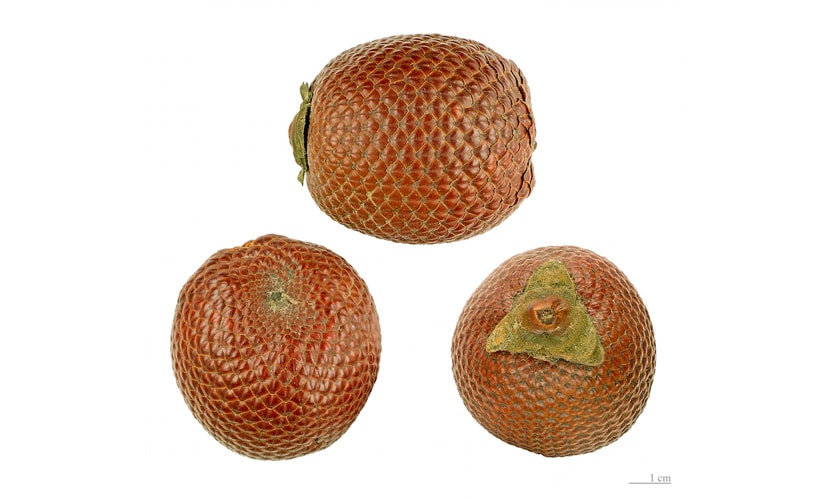
Its main source of food, being established in the Orinoco Delta is they fish for morocoto and guabina, but they also hunt small rodents like limpet and acure, although they also have honey and wild fruit plantations. In dry spells, crabs are their main source of food. The moriche is the main source of food for the Warao, which once extracted from the interior of the tree, through a rather laborious process, is used for the yuruma cake. But it is not only used for food, but also the trunk of this tree is used for the manufacture of handicrafts and as a complement for the construction, either of walls, ceilings, bridges ... Another use of the moriche is the well-known fishing harpoons like nahalda.
Ure, a tuber rich in starch over time It has been replacing the moriche starch since it can be harvested throughout the year, which has been transforming the diet of the Waraos.
Housing
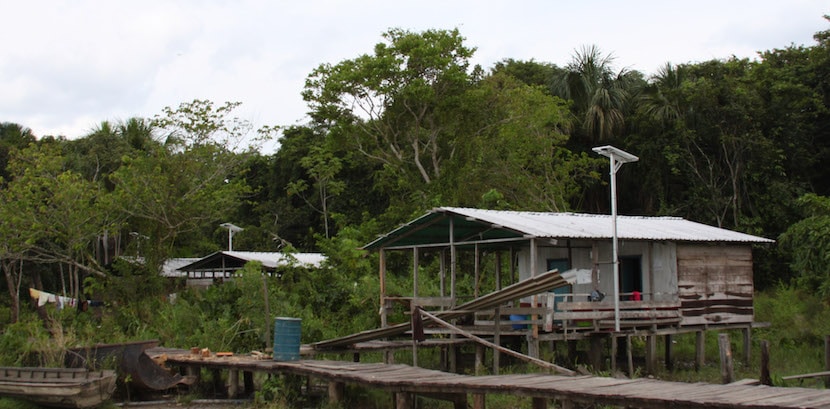
The Warao they are grouped in small communities called rancheríat, They are located on the bank of the river, and are made up of about 15 houses, which can hold up to 200 people. These communities are led by a governor, a captain and a prosecutor who are in charge of organizing both the work of the community and the different traditions of the Warao. These positions are usually assigned to men. Instead of housing, the decision-maker is the woman, who is in charge of managing the household economy, distributing the harvest and hunting among her family.
All the houses are connected to each other by small bridges made of logs, just like the houses. The dwellings They are protected by Temiche palm leaves and sometimes they have walls following the tradition of their ancestors. From this tree they also use the trunks necessary to create the houses, which are always facing the river, and are composed of a kitchen made of clay and hammocks where they can rest, since most of the time they spend outside the houses.
But not only houses are built in the river delta that the Morichales also use, from where they extract the moriche, to build smaller, simpler single-family homes, covered with moriche leaves.
Beliefs
The beliefs of the Warao are connected with the spirits called Hebu, provided with reason, sex and will with which they can be positive, negative or neutral, depending on the behavior of human beings. Hebu is present in all objects and aspects of life of the Warao, they are also in charge of controlling storms, floods, droughts ... Within the Hebu, we find the good and the bad. The benign Hebu are found in small quartz fragments while the malignant ones are present in menstrual blood. The Hebu ensure that the Warao live in harmony, offering balance, peace and harmony to the community. These spirits are in harmony thanks to the smoke of the Wina, which is made by wrapping tobacco with the Manaca leaf.
Bus Routes

Between the different communities, since there are no roads, the Warao use pipes as means of communication. The main means of transport is the curiana or canoe that in recent years have been incorporating low-power engines and that are manufactured from a single log excavated and burned inside to be able to open it and stretch its sides.
Marriage
Marriages among the Warao are usually formalized with people from other communities and they are not formalized with a ceremony. The Waraos are faithful to the couple, they marry at a very early age, especially when the woman reaches the stage of puberty.
Education
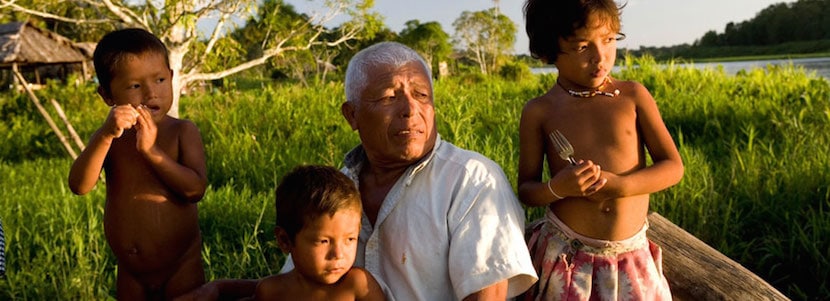
In the absence of educational centers, the smallest they base their education on observing and learning what adults do. The elderly are also dedicated to collaborating in the education of the youngest, telling stories in which in most cases, the result is expulsion from the community. In this way they learn what their daily tasks are and assimilate the social rules that govern the community.
Crafts
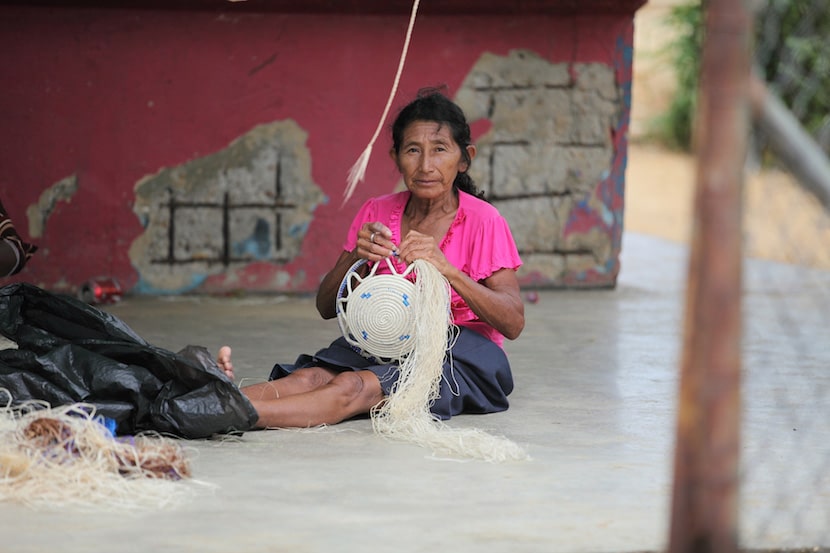
The Waraos have always been experts in ceramics and proof of this are the numerous pieces of ceramics that have been rescued from the excavations carried out in the Amacuro Delta. Today they are still excellent artisans, but they are not dedicated as in the past only to ceramics, but also use moriche plants and sangrito wood for make baskets, necklaces, animal figures, sebucanes, manares, pretty girls, chinchorros de moriche...
Culture
The Waraos are reputed to be a festive and joyous people. The repertoire of unique dances along with their songs is very wide. The main musical instruments are old, such as the dau-kojo, the najsemoi, the kariso and the mujúsemoi (made with the tibia of a deer). But not only use typical instruments of their ancestors, but also use the maracas, araguato skin drums and the European violin.
this is a pure lie mama eggs att cristian jesus barrueta guzman.
How good it is……
hahahahaha your ass itches mamagueva
They are not good but something is something
AY WORTH YOU IF YOU ARE LOOSE THAT IS SO EASY Q IS THAT
Dear brothers and sisters, you do not need to leave comments of this kind ... let's have an ethical education !! God bless you!!
suck a webo that's true
That's why the world is like this, people no longer have respect for others.
hahahahahaha I shit with laughter….
ok don't talk like this is this perfect ?????
Diossssss !!!!
Imagine if you are educators, and you will have to educate, with that lexicon you end up destroying society more than it is.
Please do not say these curses ?????????????????????????????
how are the waraos clothes
This is what I'm looking for, it is not necessary to fight for something so silly, think of God and now
Hello again, what I want to say is that it is not necessary to fight for things that do not matter, think of God, do not pay attention to those people who want to contaminate you and read this is the internet, everyone opens it and you write bad words there are children reading this have a little respect